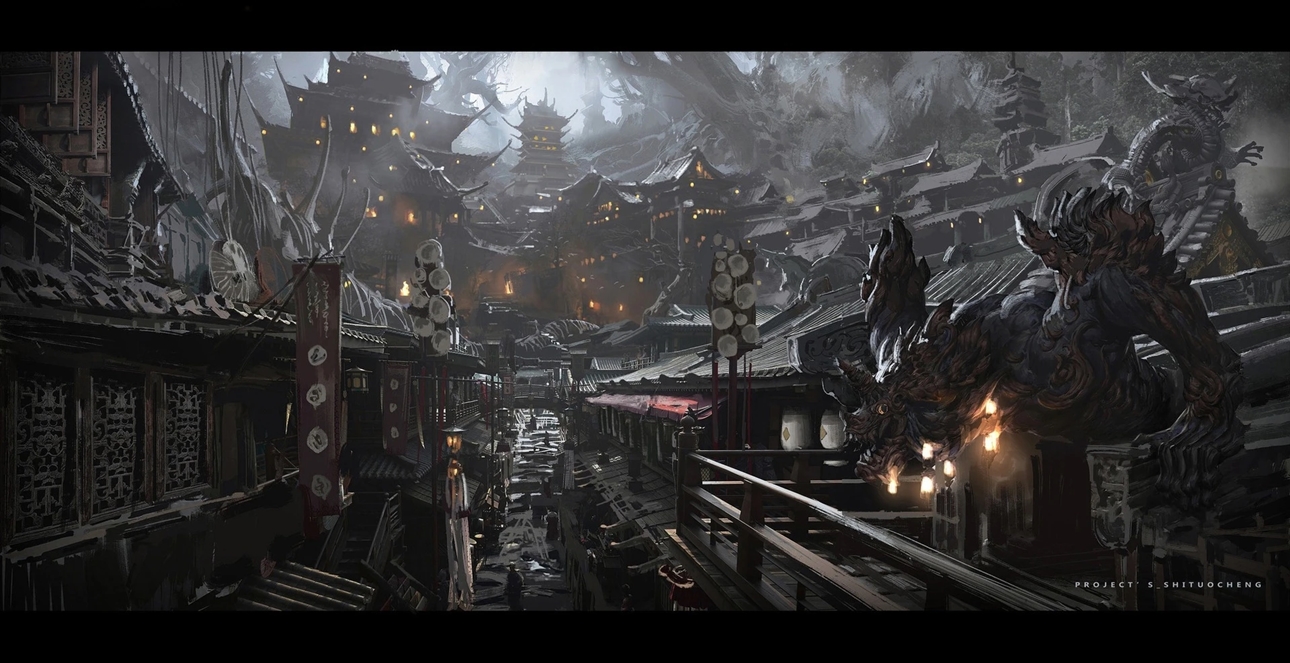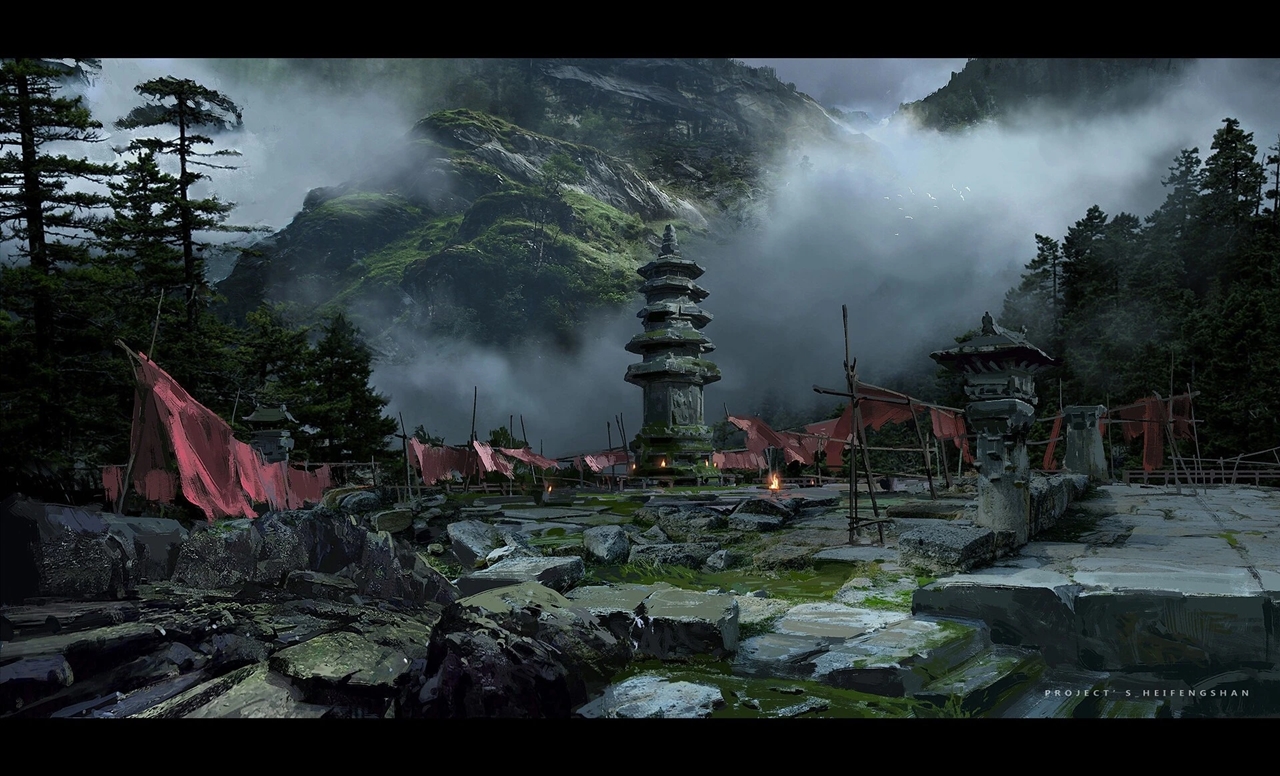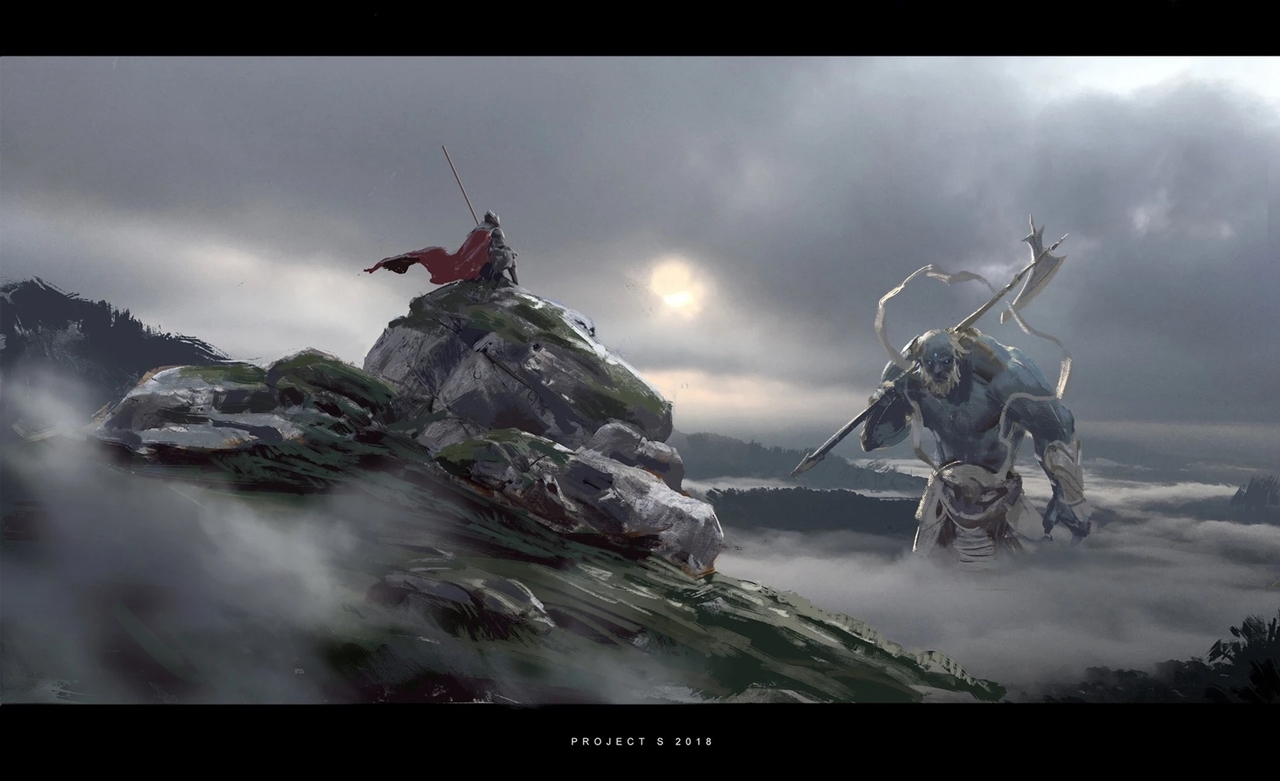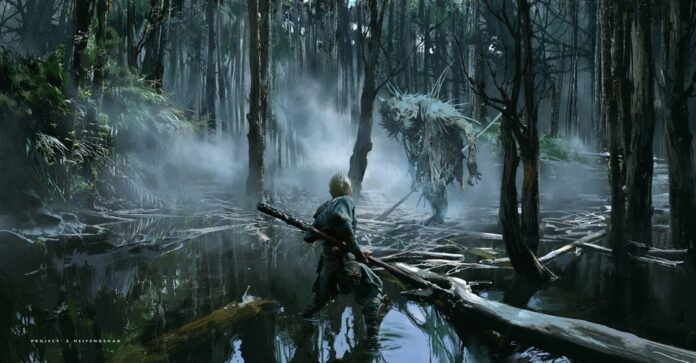
In a recent update, art director Yang Qi shared a collection of high-resolution Lion Camel Ridge illustrations on ArtStation. The location was originally developed as a major stop along the player’s journey, but Game Science eventually scrapped it to optimize performance and keep development on schedule.
In the original Journey to the West, Lion Camel Ridge is where Tang Sanzang and his three disciples confront the fearsome trio of demon kings: the Green Lion, White Elephant, and Golden-Winged Roc. The setting is often portrayed as eerie and oppressive, so much so that even Sun Wukong himself had to tread carefully. Its absence in Black Myth: Wukong has therefore struck fans as a major loss.

The released artwork suggests Game Science once envisioned the ridge as a sprawling “demon city” — dazzling yet decayed. Streets littered with bones, glowing signs with strange symbols, and an otherworldly atmosphere combined to form an ambitious and haunting vision. Had it made it into the game, Lion Camel Ridge could have stood as one of its most memorable and distinctive locations.
However, the sheer technical demands of rendering such a densely detailed environment, paired with the pressure of deadlines, forced the team to make a tough call. By cutting Lion Camel Ridge, Game Science ensured focus on the game’s core elements, delivering a smoother and more polished experience for players.

Still, the release of the concept art reflects Game Science’s openness and respect toward its community. Fans were both thrilled to glimpse the grand artistic vision and saddened that this “shadowed land” would never make it past the drawing board.
Speculation is already brewing that Lion Camel Ridge could one day return as an expansion or DLC. Such an addition wouldn’t just enrich Black Myth: Wukong’s world, but also deepen its connection to Journey to the West, the timeless epic that inspired the game in the first place.

